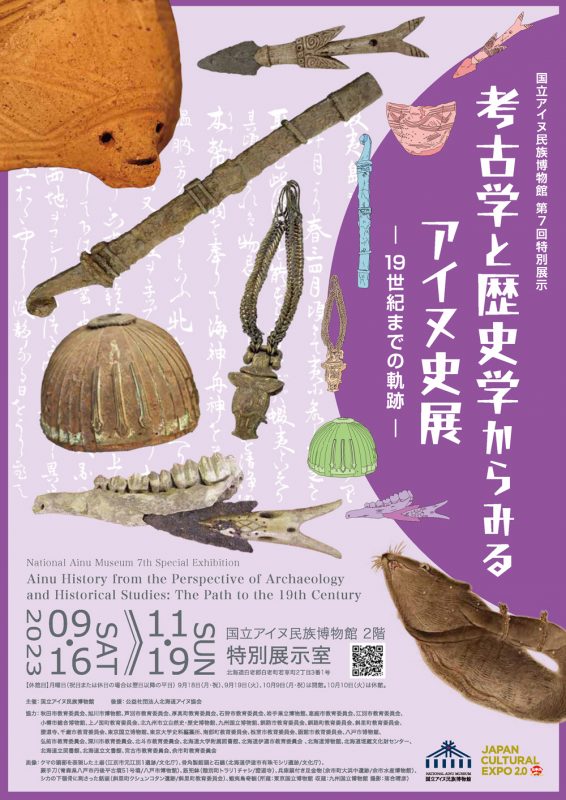展示
館內設施 2F
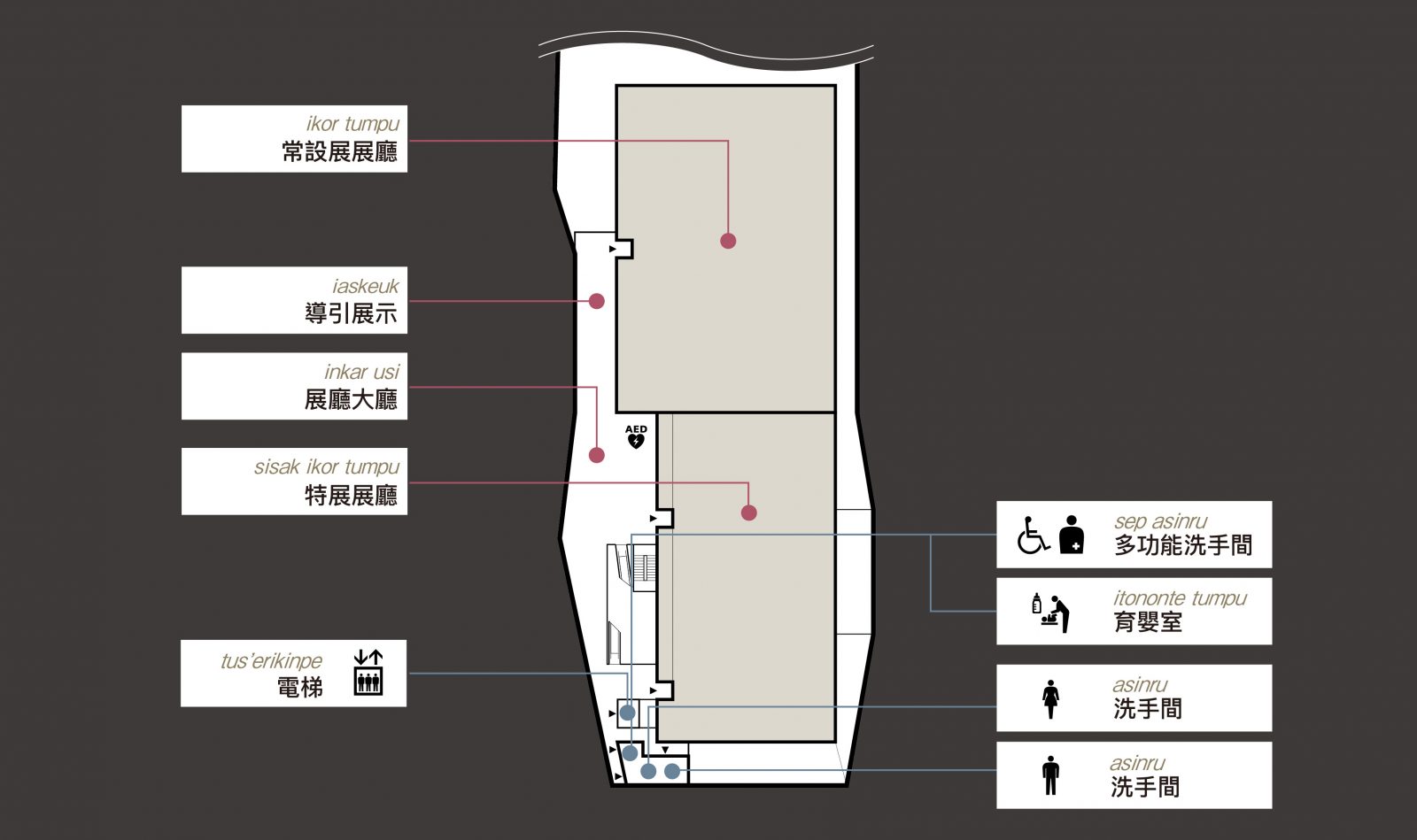
sisak ikor tumpu
特展展廳/2F
7th Special Exhibition “Ainu History from the Perspective of Archaeology and Historical Studies: The Path to the 19th Century”
- Release Date:
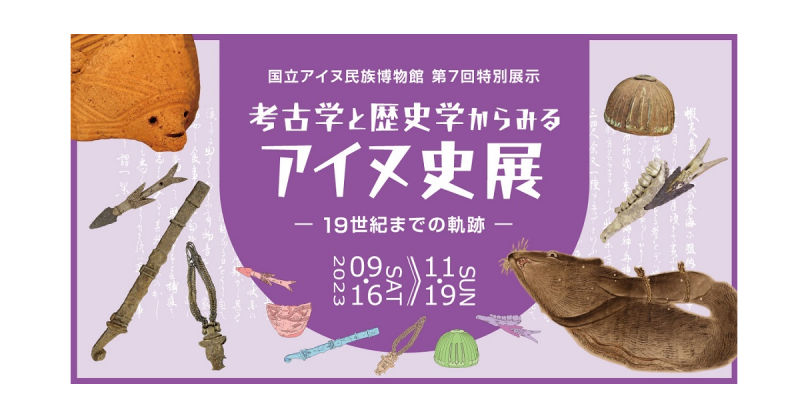
Overview
Until the 19th century, the Ainu people lived in the natural environment in and around the northern part of the Japanese archipelago, including Hokkaido, Sakhalin, the Kuril Islands, and northern Tōhoku, and created a unique culture. The characteristics of Ainu culture have been accentuated through repeated contact with surrounding cultures and has undergone repeated changes over time. This exhibition introduces Ainu history based on the results of archaeological and historical research. The exhibition offers an overview of how the traditional aspects of Ainu culture we see today were formed in the 18th and 19th centuries. We hope that this exhibition contributes to the consideration of how to build a historical view that is connected to Ainu people today.
7th Special Exhibition “Ainu History from the Perspective of Archaeology and Historical Studies: The Path to the 19th Century”
【 Date 】
September 16, 2023 (Sat) – November 19, 2023 (Sun)
【 Closed on 】
Mondays (closed on the next business day when Monday is a holiday)
The Museum will be open on September18 (Mon) and September19 (Tue).
The Museum will be closed on October10 (Tue).
【 Venue】
National Ainu Museum, 2nd Floor Special Exhibition Room
【Organized by】
National Ainu Museum
【Cooperation】
Ainu Association of Hokkaido
【Collaboration】
Akita City Board of Education, Asahikawa City Museum, Ashibetsu City Board of Education, Atsuma City Board of Education, Ishikari City Board of Education, Iwate Prefectural Museum, Kaminokuni Town Board of Education, Eniwa City Board of Education, Ebetsu City Board of Education, Otaru Museum, Kitakyushu Museum of Natural History & Human History, Kyushu National Museum, Kushiro City Board of Education, Kushiro Town Board of Education, Shari Town Board of Education, Shōdō-ji, Chitose City Board of Education, Tokyo National Museum, Historiographical Institute The University of Tokyo, Nanbu Town Board of Education, Nemuro City Board of Education, Hakodate City Board of Education, Hachinohe City Board of Education, Hirosaki City Board of Education, Fukagawa City Board of Education, Hokuto City Board of Education, Hokkaido University Library, Hokkaido Date City Board of Education, Hokkaido Museum, Hokkaido Archaeological Operations Center, Hokkaido Prefectural Library, The Archives of Hokkaido, Miyako City Board of Education, Yoichi Town Board of Education
Admission
- Entry to the museum is included with admission to Upopoy.
- You can buy a Special Exhibition ticket separately inside of the museum.
| Special Exhibition Fees [tax included] | + | UPOPOY Admission Fees [tax included] | |
|---|---|---|---|
| Adults | 300 yen (240 yen) | + | 1,200 yen (960 yen) /One Year Pass 2,000 yen |
| High school students | 200 yen (160 yen) | + | 600yen (480 yen) /One Year Pass 1,000 yen |
| Junior high school students and under | Free | + | Free |
- Prices in ( ) are group discounts for 20 people or more.
- Admission is free of charge for visitors with disabilities and one caregiver. Please present documentation upon entry.
Events
The following events will be held during the exhibition period.
For more details, please click on the page for each event. Events and linked pages will be posted in order.
● Commemorative Opening Lecture
【 Date 】 September 16 (Sat)
● Gallery Talk 1
【 Date 】 September 23 (Sat)
● Talk Event
【 Date 】 October 7 (Sat)
● Gallery Talk 2
【 Date 】 October 14 (Sat)
● Gallery Talk 3, 4
【 Date 】 November 3 (Fri)
● Gallery Talk 5
【 Date 】 November 4 (Sat)
● Gallery Talk 6
【 Date 】 November 18 (Sat)
Contents
Chapter 1 Traditions of East and West, Exchange from North and South
When looked at from a macroscopic point of view, the history that unfolded in Hokkaido developed with different features in the culture to the east and to the west.
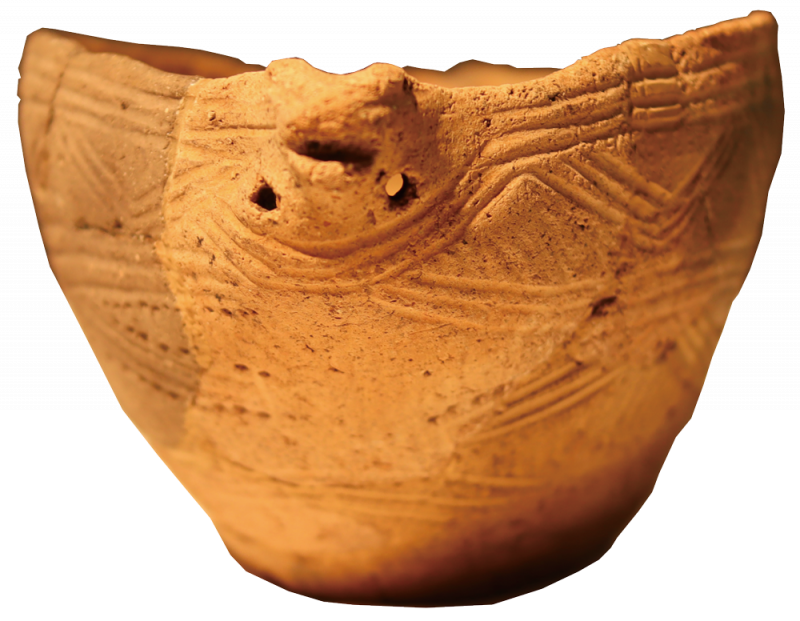
(Motoebetsu Site No.1, Ebetsu, Agency for Cultural Affairs)

(Hokkaido Date City Usu-Moshiri Site, Agency for Cultural Affairs)
Chapter 2 Exchange Across Regions – The Genealogy of ikor
From around the 3rd to the 13th century, trade with surrounding cultures increased. Glass beads, swords, lacquerware, entered Hokkaido as such interaction became ever more active.

(Tangotai Kofun Cluster No.51, Hachinohe City Museum)
Chapter 3 What is the Epoch of “the 13th century” seen in Ainu Culture?
Here we consider the period from the 13th century onwards, when various cultural elements found in Ainu culture emerged.
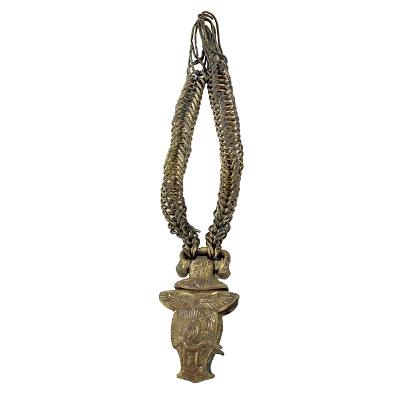
(Ōhamanaka Site, Yoichi, Yoichi Fisheries Museum)
Chapter 4 Constructing casi
Here we introduce casi, which are structures such as forts or fenced enclosures built by the Ainu.
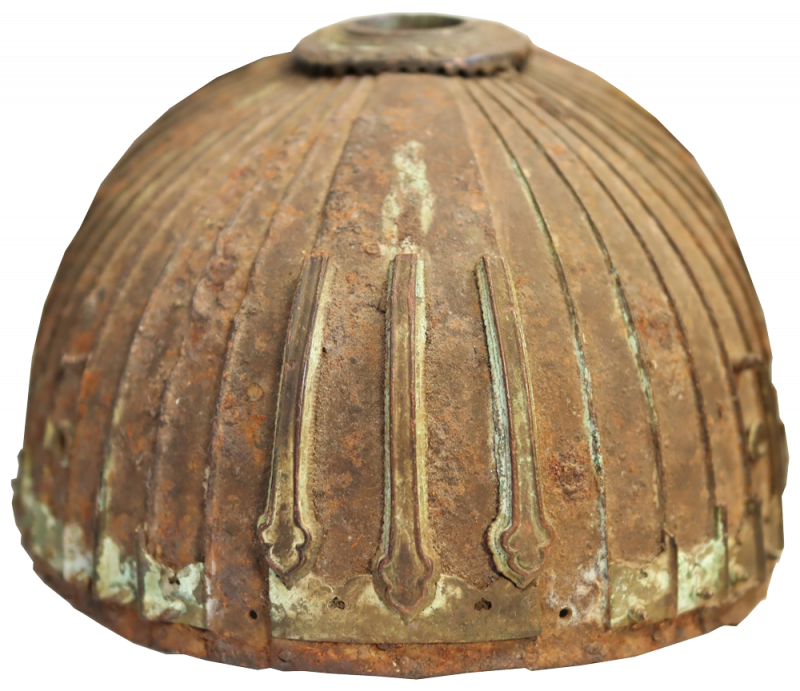
(Torari 1 casi, Rikubetsu, Shōdō-ji)
Chapter 5 Boundaries Drawn Through Ainu Society
From around the 14th century, Wajin began to settle in Hokkaido and take over the land of the Ainu. A boundary between Wajin land and Ainu land was born.
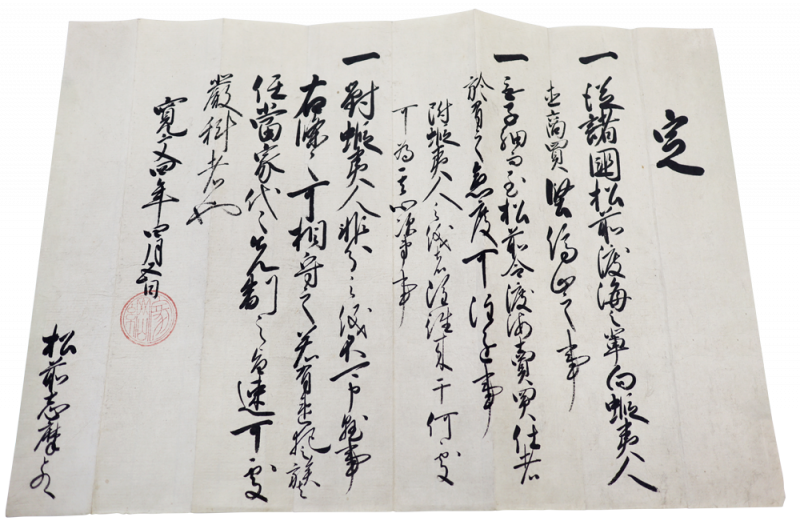
(Kitakyushu Museum of Natural History & Human History)
Chapter 6 Ainu Culture Nurtured in Everyday Life – A Genealogy of a Culture that Lives on Today
Here we provide an overview of Ainu culture as seen in pictures and paintings from the 18th to 19th centuries, and consider what kind of history should be restored as Ainu history.
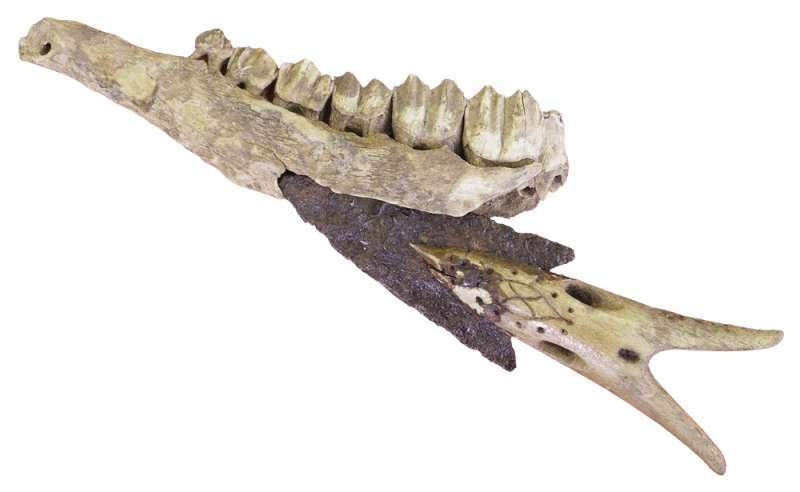
(Kushunkotan Site, Shari, Shari Town Board of Education)


